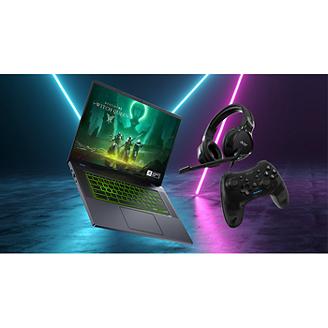I recently purchased the Acer Swift 16 AI SF16-51, choosing it for its lightweight design and advanced AI capabilities. What particularly attracted me was not just the CPU performance, but also Luna Lake's AI capabilities and power efficiency at a reasonable price point.
However, I've encountered a frustrating issue. When I tried to connect my external monitors (previously used with my LG Gram 16 12th Gen 16ZD90Q-SX76K), I discovered a limitation. While Windows recognizes all three monitors, one always shows as disconnected. If I try to extend the desktop to that monitor, another one disconnects. This happens regardless of the connection method - whether I use three PD connections or two PD ports plus one HDMI.
What's particularly puzzling is that while the hardware is recognized, I can't use all monitors simultaneously. Is this an issue specific to my laptop, or is it an inherent limitation of the chipset/system? The Intel® Arc™ 140V GPU is supposed to support up to 4 external displays, so why am I limited to just 2? If this is an inherent limitation, shouldn't it be clearly documented in the product specifications or datasheet? Did I miss something? For reference, I purchased this model in Korea.
I invested in what I thought was
a premium Acer model, and this limitation is quite disappointing.











